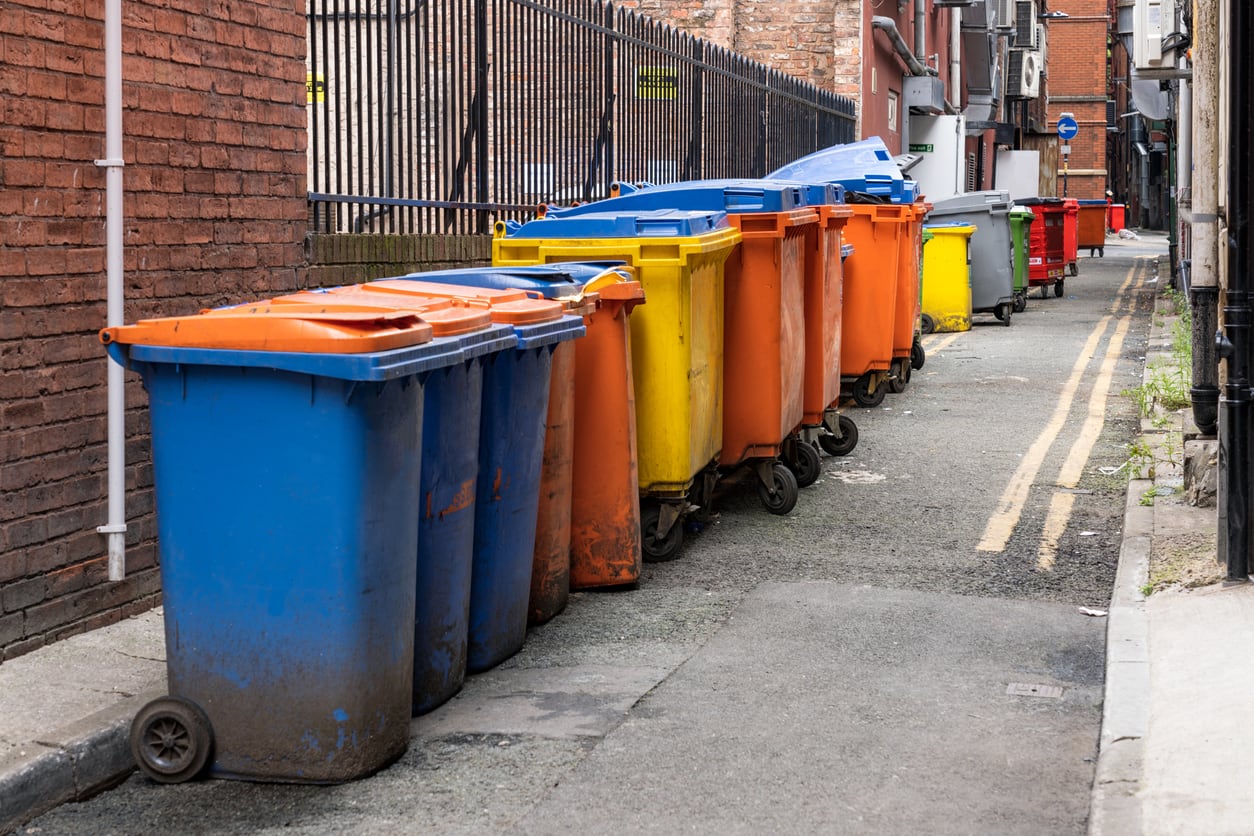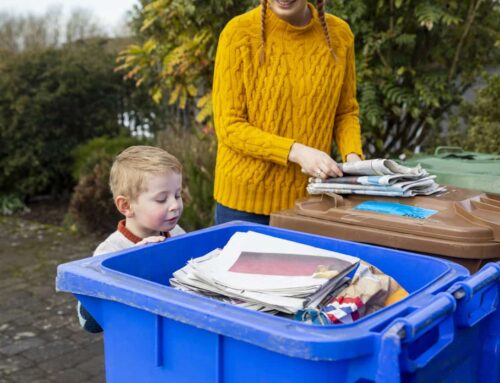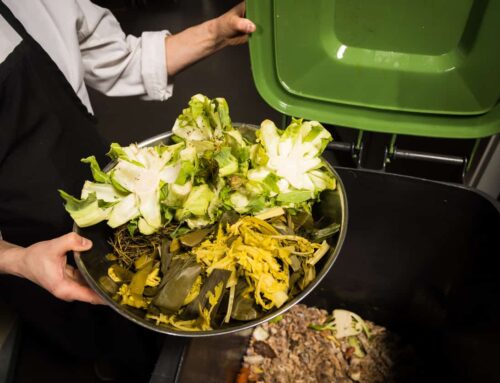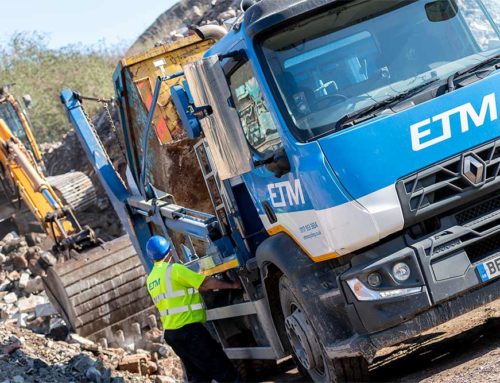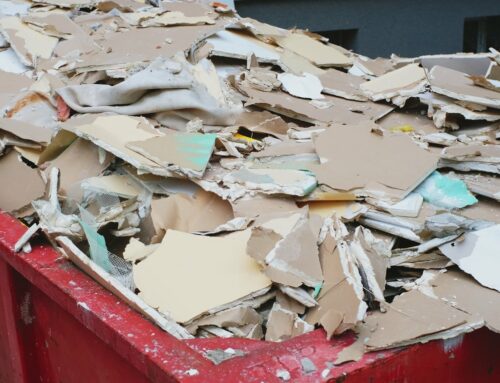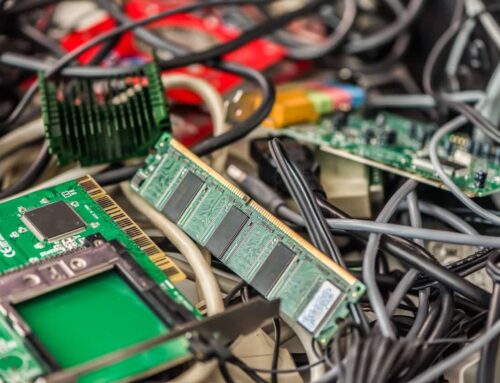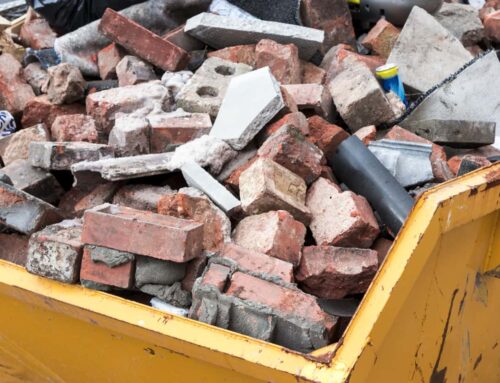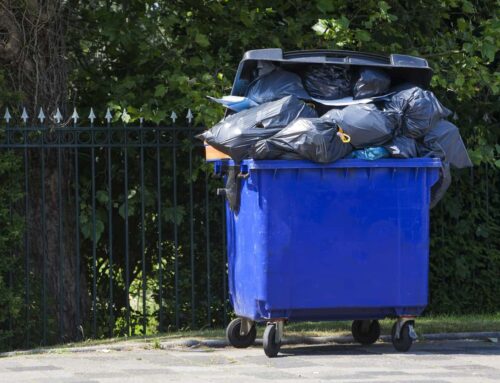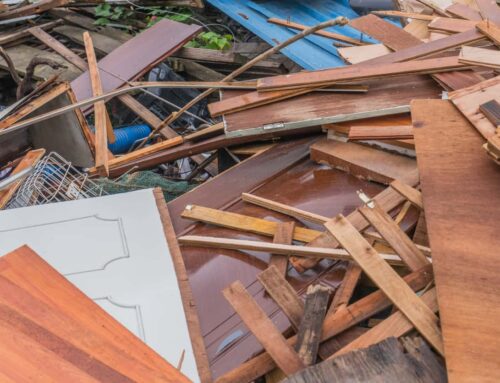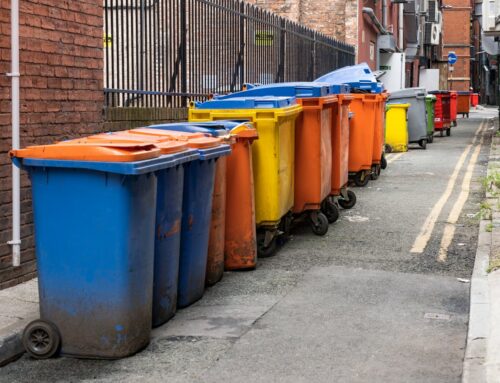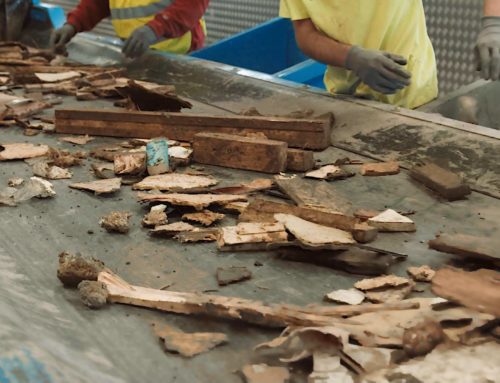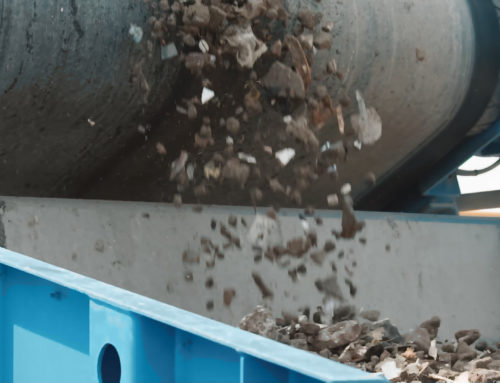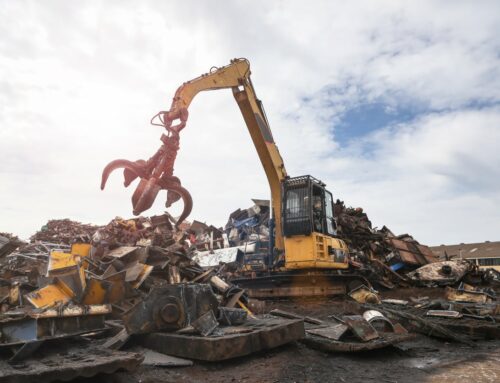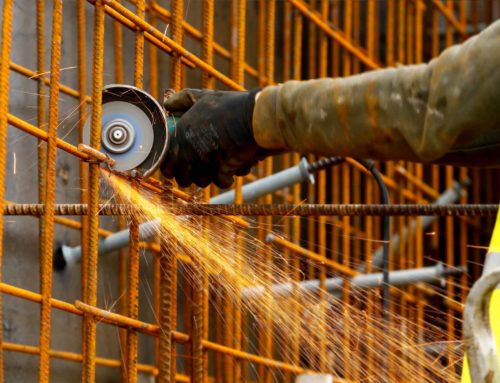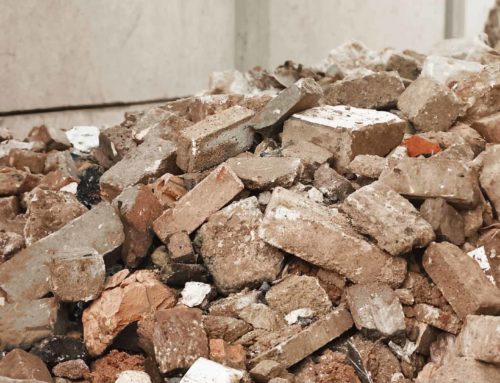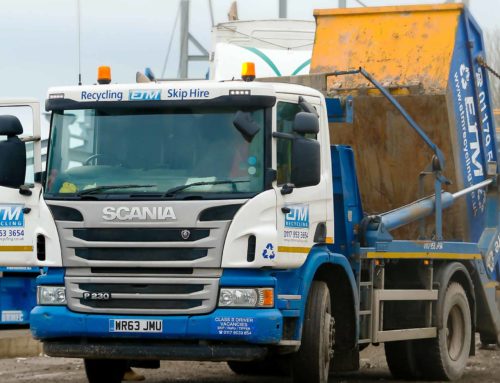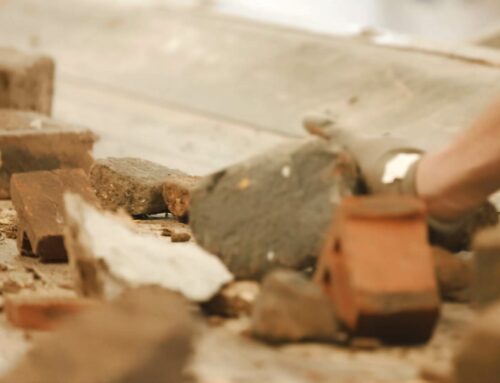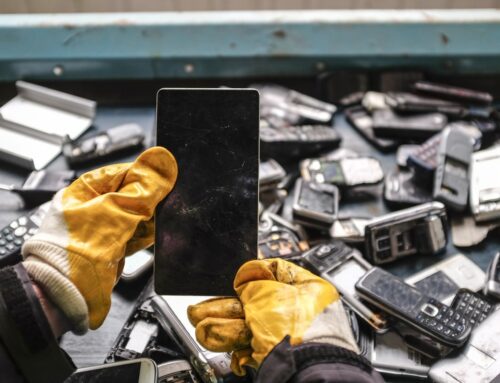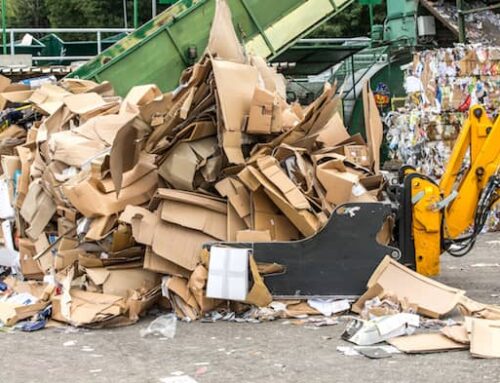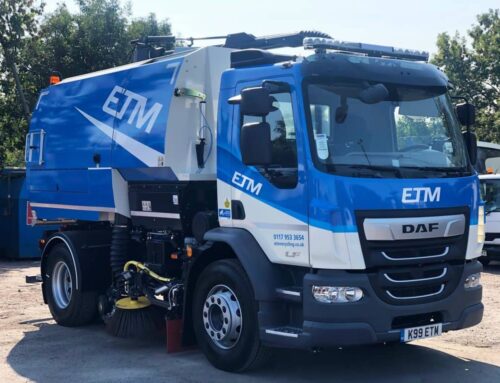Our wheelie bins are something that we don’t give much thought to, apart from popping them at the front of our homes the night before collection day.
They come in a variety of shapes and sizes, allowing you to store a wide range of materials inside them, and ensuring easy collections. But while they’re convenient and great for the planet, there’s no getting past the fact that the inside of a wheelie bin is far from pretty.
Residue and fluids from waste can collect in the bottom of bins and begin to decompose. This often leads to revolting smells and, even worse, fly and maggot infestations. That’s why wheelie bin maintenance is essential to household waste management.
In this article, we look at the best techniques for cleaning your wheelie bin, as well as our top tips and tricks to prevent unwelcome smells and pests.
Preventative Measures for Your Wheelie Bin
When it comes to unpleasant odours, maggots and flies, we think that rather than coming up with ways to get rid of them, it would be better if you didn’t have to deal with them at all!
While it may seem inevitable when it comes to waste disposal, there are a variety of techniques you can use to help prevent pests and smells. Here are our three top tips:
- Use natural remedies, such as tea tree oil or citronella. The pungency of these two repel maggots and flies. Applying either of them liberally to the lid and around the container of your wheelie bin is an effective way to keep these unwelcome guests at bay.
- An effective method to reduce leaked fluids from pooling is to add a protective layer of cardboard or paper at the base of your bin to soak them up.
- After each collection, prepare your wheelie bin for reuse by spraying the base and sides with a disinfectant and sprinkling in some absorbent powder.
Waste Disposal
It sounds simple, but ensuring that you dispose of your waste properly is one of the best ways to ensure your wheelie bin remains free of any nasty surprises.
Here are 7 ways you can get rid of your waste to reduce hygiene issues in your wheelie bin:
- Ensure that any loose rubbish is bagged together. This way nothing can be pressed to the bottom of your wheelie bin and begin to rot.
- Invest in high-quality bin liners. If they are weak or thin they are likely to tear which can lead to loose waste or fluids spilling from your big bags.
- The process of pest infestation begins long before you put waste in your bins. Leaving food waste exposed in your kitchen where flies can get to it will result in maggots (fly larvae) forming in your bin soon after. To avoid this, make sure to cover or seal food waste.
- Position your bins so that they are out of direct sunlight, as the heat can create the perfect environment for maggot growth and decomposition.
- Always make sure not to overfill your bin. If you cannot close the lid properly, unpleasant smells can escape and pests can get in.
- It can help to double wrap particularly pungent food waste such as fish and meat so that they cannot come loose or release the smell and attract flies.
- Make sure to clean out any containers or cans that have food residue in them, such as milk or soup.
How to Get Rid of Maggots
You know better now, but what do you do if the damage has been done – when you’re staring into your wheelie bin in disgust wondering how you’re going to get rid of dozens of maggots at the bottom? Fortunately, we’ve got the perfect technique:
- A simple hack is to use either salt, vinegar or lime. If you cover the maggots in any of these ingredients it will dry them out.
- The second is to pour boiling water into the base of your bin to rinse out the interior.
- It may also help to add bleach or disinfectant to ensure any of the residue that attracted them is gone too.
How to Get Rid of Waste Residue
Sometimes loose waste and fluids that have been packed at the base of your wheelie bin under the weight of your rubbish can stick there and start to rot, which makes it extremely difficult to clean. This is what we recommend to effectively clean your wheelie bin:
- Perhaps the most useful hack for cleaning out your wheelie bin is to use a sweeping brush. The length of the handle makes it perfect to reach the tricky part of the bin, and the hard bristles work well against the stubborn, packed-in waste.
- First, cover the bin in a mix of soap and water, then place your wheelie bin on its side and scrub the base and each of the four sides with your sweeping brush. Once you are satisfied, simply rinse with water.
Waste Management Services from ETM Recycling
ETM are the leading waste management service in the South West of England, servicing areas from Bristol to Bath.
Our state-of-the-art waste treatment facility means that we are equipped to recycle 98% of the 150,000 tonnes of waste we collect every year.
To find out more about our services, don’t hesitate to get in touch with our team of experts.
